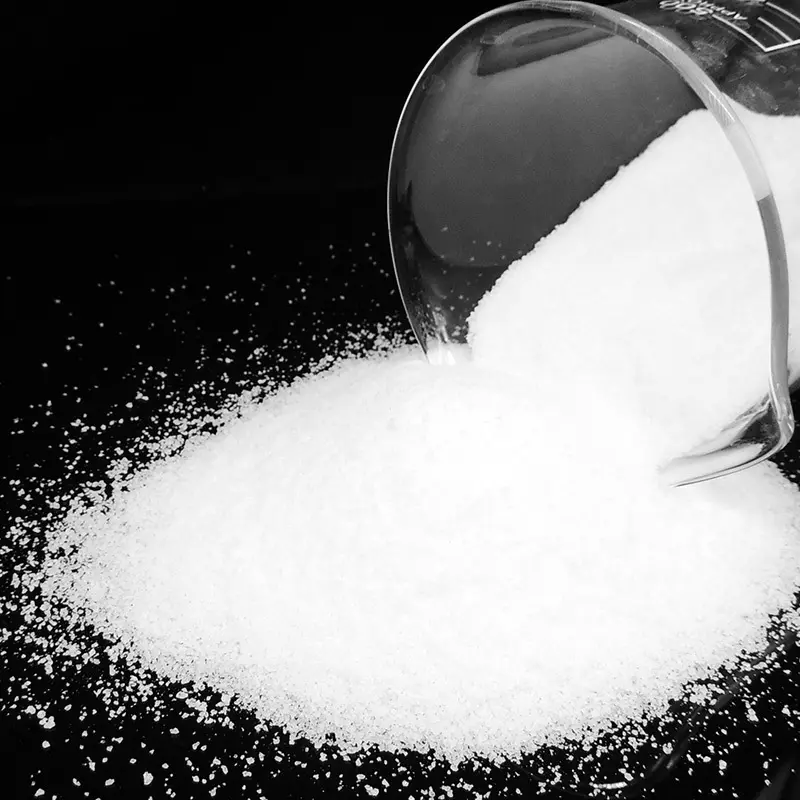PAM is commonly used as a flocculant in the water treatment process. It helps to coagulate the suspended particles in the water, forming larger and heavier flocs. During sedimentation, these flocs settle at a faster rate, thus removing impurities such as solid particles and colloids from the water. PAM powder comes in different grades and formulations, allowing water treatment professionals to choose the most suitable type for their specific application. This versatility ensures that the treatment process is customized to meet the required water quality standards. Below is a guide on how to properly use PAM powder.

Guidelines for Using PAM Powder
Ⅰ.Choose the Right Type of PAM Powder Based on Water Quality
pH Value
Anionic polyacrylamide is generally suitable for use in alkaline water with high pH, while cationic polyacrylamide is suitable for use in slightly acidic water. Non-ionic polyacrylamide has a wide range of pH adaptability.
Contaminants in Water
PAM powder of different particle sizes has different effects on various pollutants. For example, cationic polyacrylamide has a good flocculating effect on charged particles and suspended particles.
Water Temperature
Temperature also has a certain impact on the effectiveness of PAM powder. In general, the higher the degradation rate of polyacrylamide, the higher the efficiency.
Ⅱ.Correct Dosage and Method of Adding PAM Powder
Dosage
The dosage of PAM powder should be determined based on actual water quality conditions, generally using the trial method to find the optimal dosage. Excessive addition of PAM can increase the viscosity of the water, negatively affecting water quality.
Addition Method
Generally, PAM powder is prepared into a certain concentration and then evenly added to the water. The treatment effect of PAM is affected by the choice of addition point and stirring intensity.
Ⅲ.Precautions and Safety Guidelines when Using PAM Powder
Storage
PAM powder should be stored in a dry and cool environment to prevent moisture.
Preparation
When preparing PAM solution, use clean water and avoid using water with impurities.
Operation
When using PAM powder, wear appropriate protective equipment, such as masks and gloves, to avoid inhaling dust or direct skin contact.
Disposal of Residuals
Residuals produced after using PAM should be disposed of in accordance with relevant regulations, and should not be discarded at will.
Discussing Problems and Solutions in the Use of PAM Powder
Dissolution Problem
Polyacrylamide has the characteristic of dissolving over time; if too much is added at once, it will create “dragon eyes” or “fish eyes”, which are not only difficult to dissolve but can also easily block the dosing pump. Therefore, the dissolution of PAM should be uniform and slow, and a certain amount of stirring can be done during the addition of PAM.
Shear Problem
Prolonged and intense mechanical shearing should be avoided, as polyacrylamide PAM will degrade, affecting its application.
Storage Problem
PAM solution is best used on-site, and long-term storage should be prevented as much as possible.
Suggestions on How to Fully Utilize PAM Powder
Choose the Right Container
The container for preparing polyacrylamide can be made of materials such as enamel, aluminum, galvanized, plastic, etc., but iron products should not be used.
Control Stirring Speed
The stirring speed can be controlled at 60 to 200r/min.
Use in Conjunction with Inorganic Flocculants
Better results can be achieved by compounding cationic polyacrylamide with inorganic polymer flocculants (e.g., polyferric sulfate, polyaluminium chloride, iron salts, etc.).
However, we emphasize the importance of using PAM powder correctly. Although it has great potential in water treatment, improper use may lead to problems such as environmental pollution and health risks. Therefore, the application of PAM powder must be strictly in accordance with relevant standards and procedures to ensure the safety of its use and disposal. Additionally, during the application process, attention should be paid to controlling the dosage to avoid waste and over-addition, thereby reducing resource waste and production costs.
